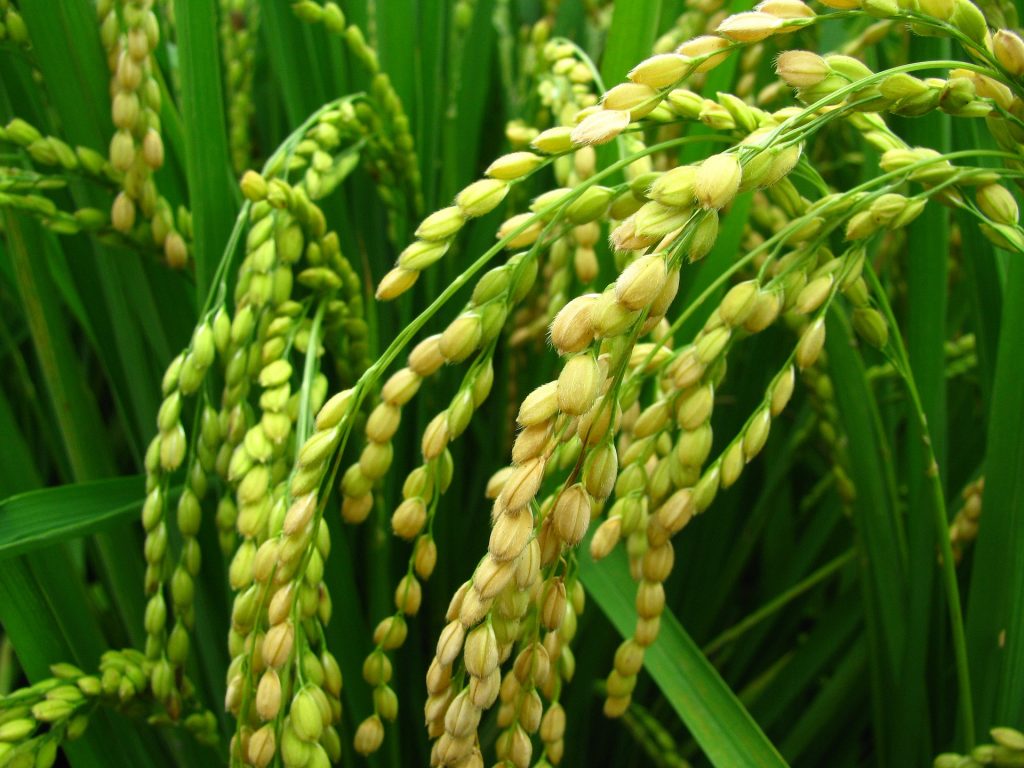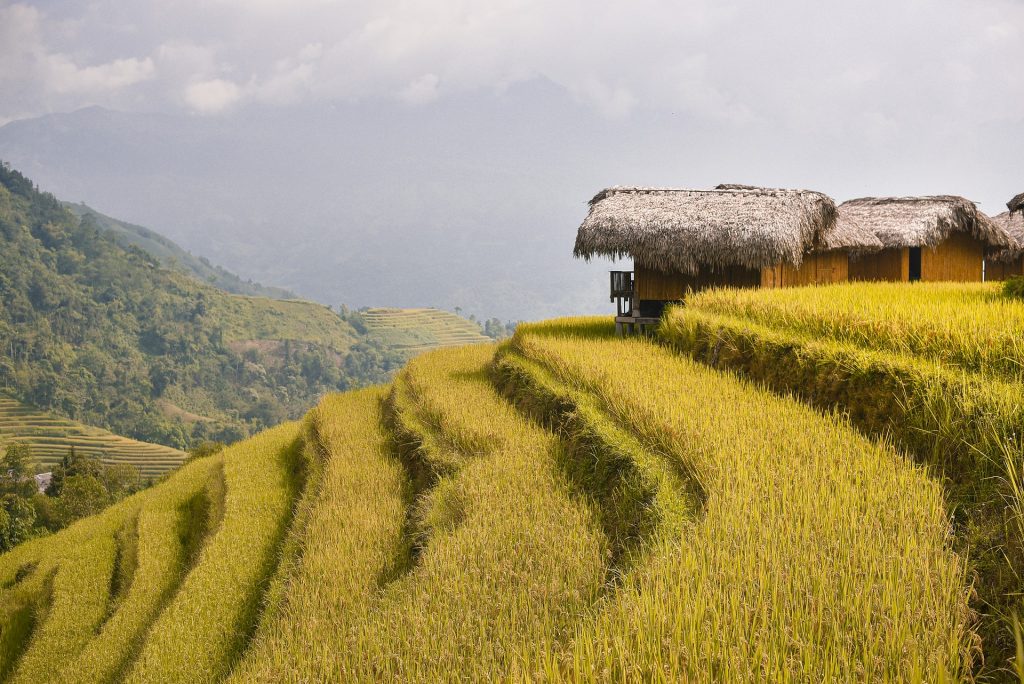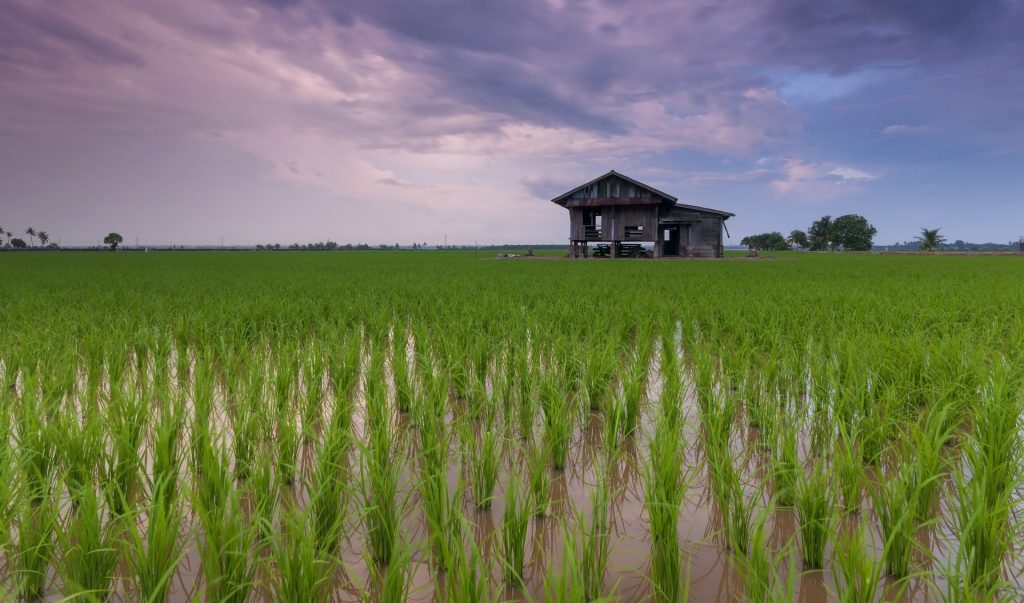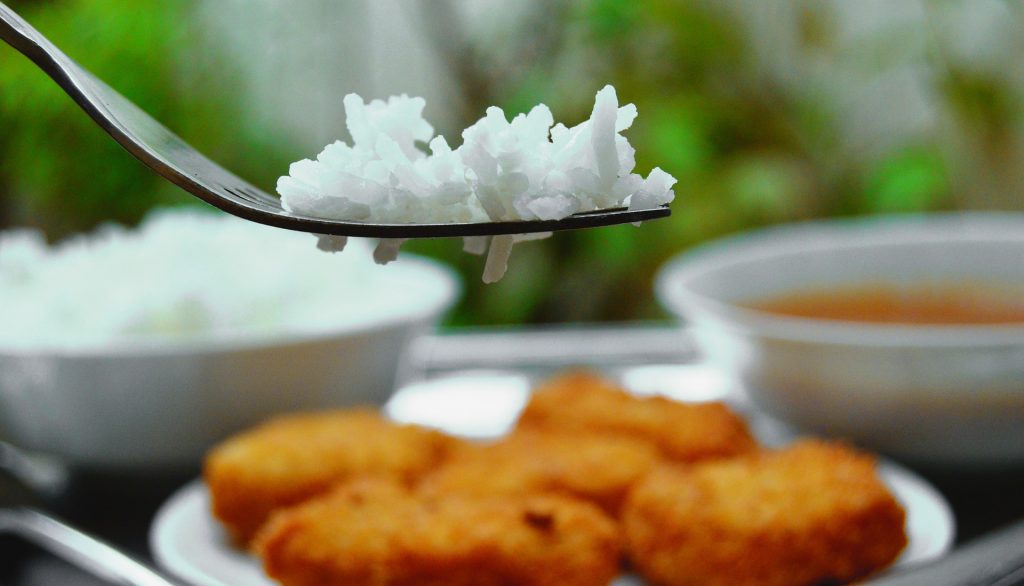Rice
What color is rice? White? Brown? How about red or purple? The answer, of course, is all of the above.
The evocatively named ‘Forbidden Rice’ is black, with a nutty flavor, and is used in a variety of Chinese or Thai dishes, including black rice cake and mango sticky rice.
This wonderfully versatile staple provides one fifth of all calories consumed by humans worldwide, and we are a rice merchandizer, sourcing from multiple origins to satisfy rising global demand for rice.

Paddy
Between 3 to 5 months after planting, paddy is harvested from the paddy field and dried before being sent to mills, where it is checked for quality and weight before processing.
According to the United States Department of Agriculture (USDA), China is the largest producer of paddy, with 162 million hectares harvested in 2019.

Brown
From dried paddy, brown rice is milled to become semi-processed rice. The inedible outer hull is removed and can be used as a source of energy.
Brown rice is considered a healthy food source because the bran and germ it retains are packed with vitamins, minerals and antioxidants.
For instance, one cup of brown rice contains 3.5 grams of fiber and 88% of the recommended daily intake of manganese, a vital mineral for important body processes such as bone development, wound healing and blood sugar regulation.

Milled
Semi-processed brown rice can be milled further, removing its husk, bran and germ layers to varying degrees. This changes the appearance and flavor of the crop and, importantly, extends its storage life. This is because the oil that the milling process removes is susceptible to oxidation and degradation.
After milling, the rice is polished, resulting in a shiny white finish to the seed. Milled rice is a an appetizing source of carbohydrates and protein, and can be enhanced with added minerals and vitamins to increase its nutritional value

Parboiled
Soaking, pressure steaming and drying rice prior to milling produces parboiled rice. As a consequence of this process, nutrients are driven from the bran to the kernel, so that milling removes less of the rice’s nutritional value than it would do otherwise.
Parboiled rice is firm and less prone to overcooking than other forms of rice. This makes it a key ingredient in commercial products such as canned or frozen foods. Fortification of parboiled rice with added vitamins and minerals is common, particularly in the US.
